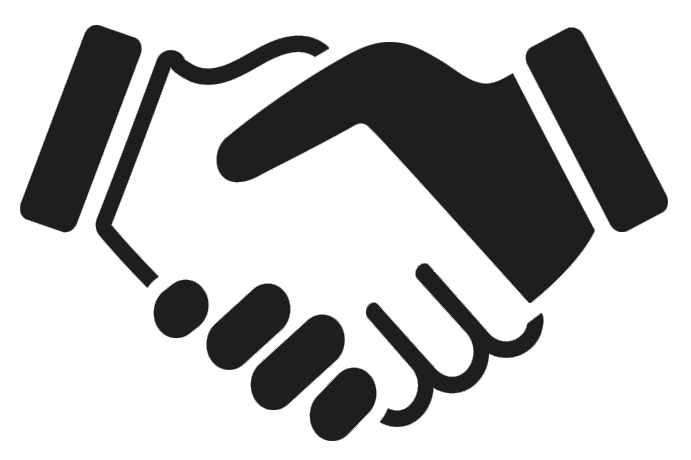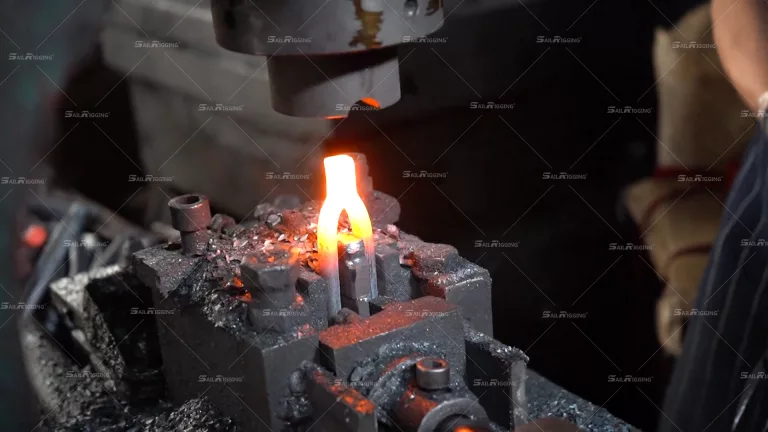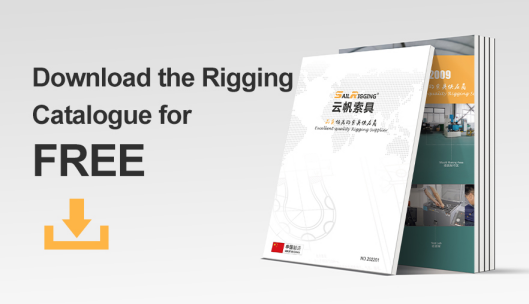Turnbuckles are essential rigging devices used to adjust the tension or length of a rope, cable, or wire. Turnbuckles are widely used in industries—such as construction, shipping, and marine applications. Turnbuckles are designed to provide reliable tensioning and load-bearing support. This article breaks down the three essential parts of a turnbuckle:the body, nut, and end fitting.
1. The Body of the Turnbuckle
The body is the central component of a turnbuckle and serves as the housing for the other parts. It is typically a metal tube or casing, often made of high-strength steel or stainless steel, which provides the strength needed to withstand the tension and load forces applied during use.
- Function:The body contains internal or external threads that interact with the threaded ends of the other components (such as the end fittings) to adjust the turnbuckle’s overall length. As the end fittings are rotated into or out of the body, the body either extends or contracts, adjusting the tension on the rigging system.
- Material:Turnbuckle bodies are commonly made of materials like carbon steel, stainless steel, or galvanized steel, ensuring durability and resistance to corrosion in harsh environments.
2. The Nut
The nut is a critical part of the turnbuckle that secures the turnbuckle assembly and prevents the components from loosening under tension. Nuts are used to lock the end fittings in place and ensure that the turnbuckle stays securely tightened during use.
- Function:The nut is threaded onto the end of the body or eye bolts (if present) to hold the end fittings in place. Tightening the nut ensures that the end fitting remains firmly in position, preventing the turnbuckle from unwinding or loosening due to vibrations, tension, or external forces.
- Types:Typically, hex nuts are used for securing the turnbuckle components. In certain applications, locking nuts or jam nuts may be used to provide an added layer of security and prevent loosening during heavy-duty operations.
- Material:Like the body, nuts are usually made from high-strength steel or stainless steel to match the turnbuckle’s durability and corrosion resistance requirements.
3. The End Fitting
The end fitting is the component that connects the turnbuckle to the rigging system—whether it’s a wire rope, chain, or another type of load-bearing material. These fittings can come in various forms depending on the application, with the most common types being eye bolts, hooks, threaded rods, or swivel ends.
- Function:The end fitting provides the interface between the turnbuckle and the load, allowing the turnbuckle to be attached to a cable, rope, or other components. When the end fitting is rotated into the body of the turnbuckle, the overall length of the rigging setup can be adjusted to achieve the desired tension or fit.
- Types:Common end fittings include eye ends (which feature a loop for connecting to cables or shackles), hook ends (used for quick attachment to a chain or load), and swivel ends (which allow for rotational movement). Each type of end fitting is suited for different applications, depending on the rigging setup.
- Material:End fittings are typically made from the same materials as the turnbuckle body, including steel, stainless steel, or alloy materials, to ensure strength and corrosion resistance.
The interaction between the body, nut, and end fitting makes the turnbuckle a highly effective and versatile rigging tool. Here’s how they work together:
- Adjusting Tension:By rotating the end fittings into or out of the body, you can either extend or shorten the turnbuckle, which in turn adjusts the tension of the wire rope, chain, or cable. The body provides the framework, while the end fittings connect to the load.
- Securing the Turnbuckle:The nut is then tightened onto the end of the body or end fitting, securing the turnbuckle in place. This ensures that the components do not loosen, even when the turnbuckle is under significant tension or load.
Together, these three parts—the body, nut, and end fitting—create a reliable and adjustable rigging solution that is used in a wide variety of applications, from securing cargo to stabilizing structures.
The three essential parts of a turnbuckle—the body, nut, and end fitting—are what make this rigging device so effective and versatile in industrial applications. Each part plays a critical role in the turnbuckle’s ability to adjust tension and provide secure load-bearing support. Understanding these components will help you select the right turnbuckle for your needs and ensure its safe and efficient use.If you don’t know how to choose right turnbuckles, please feel free to contact Sail Rigging.





